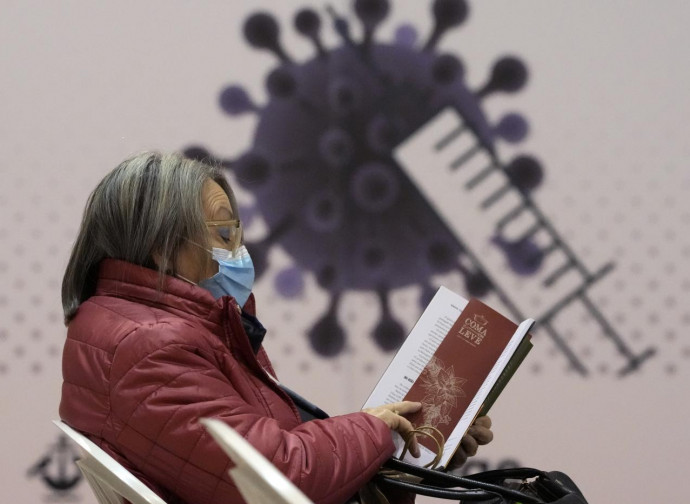Covid and global warming, permanent "alliance".
The WHO announced Covid "is here to stay" and that global warming could aggravate 50% of known pathogens. But, the first solution to the “crisis” is fearmongering.

Summer is ending and the heat is fading away, which makes it all the more difficult to attribute the wave of sudden deaths to high temperatures. But, there’s a solution immediately at hand: the return of Covid. It is being repeatedly announced, and Tedros Adhanom Ghebreyesus, director general of the WHO, has ruled: «Covid 19 is here to stay and the world will continue to need tools to prevent it, diagnose it and treat it." Furthermore, the link between the climate emergency and the pandemic is intensifying in the mainstream media narrative. Numerous articles have already appeared claiming that climate change will amplify epidemics and give rise to new pandemics.
Climate change is thought to exacerbate more than 50% of known human pathogens. It has to be stressed, though, we are in the realm of possibilities, no known pathogen has had important mutations capable of causing alarm. But, it’s important to whip up fear by insisting on the heat-epidemic link. For example, some researchers have fantasised about the possibility that pathogens frozen in the permafrost, the perpetually frozen ground present in cold climates or at high altitudes, could be released by the inevitable thawing, and of course these microorganisms would be lethal, because there is no immunity against them. In short: the alien from the ice could be one of the next pandemic films.
The hypothesis that climate change will fuel epidemics and diseases and that such events will plunge the world into another pandemic is increasingly widely supported. And while we wait in horror for new viruses, the risks of possible diseases transmitted by insects is stressed, which are no longer spoken of as food, but as threats, no longer as tasty fried crickets, but killer mosquitoes, and worse.
According to the official narrative, there are several ways in which climate risks to exacerbate infectious diseases, both directly and indirectly. As a consequence of the increase in temperature, changes in environmental conditions would occur with the increase in the presence of disease vectors such as mosquitoes, rodents and ticks and the sudden appearance of extreme events such as floods, which contaminate drinking water sources and cause the displacement of humans and animals, carrying and transmitting pathogens.
The increase in temperature, apparently, would also alter the probability of disease transmission as environmental conditions would become more favourable for some disease vectors, such as the tiger mosquito. According to Saad Omer, director of the Yale Institute for Global Health, “with global climate change, more and more areas, even those far from the equator or at relatively high altitudes, are becoming hospitable to mosquitoes.”
Climate change could also push populations to migrate, leading to increased interactions with wildlife and increasing the risk of the spread of pathogens. Some scientists are already making predictions for 2024, which - they say - will be an even warmer year than this one due to the El Niño event (a climate pattern that causes warming of surface waters in the eastern Pacific Ocean). This will likely produce severe drought in some regions of the world, potentially spurring mass migrations. Let’s see if these predictions come true.
Meanwhile, theorists of the link between climate change and infectious diseases are working to "raise the awareness" of other scientists, the media and governments so that they take into due account the risks of the effects of climate change on epidemics and pandemics, and prepare responses to emergencies caused by climate disasters, which should include public health actions to “mitigate” epidemics. Furthermore, health systems would be expected to adapt to changing patterns of disease transmission and the global mobility of people, animals and goods. All these efforts require funding directed at the intersection of climate change and epidemic prevention, and at changing the mindset of the international community. It will be a massive psychological operation.




